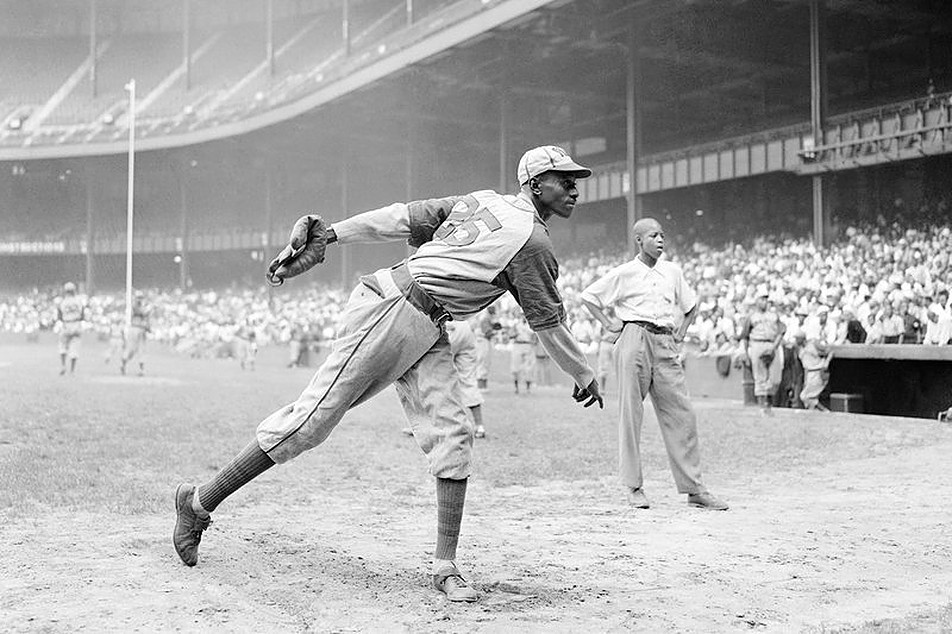Editor’s Note: The language used to describe many of the organizations and events contained in this article reflects the rhetoric of its time. It is not the intent of the author, editor or the Technique to be insensitive or offensive, but merely to accurately describe the history contained in this piece.
In a somewhat controversial but generally appreciated move in December of last year, the MLB decided to officially recognize what it considered the seven major Negro Leagues. These leagues were organized baseball leagues of almost entirely Black and Latin American players who were by and large barred from MLB play. Only seasons from 1920 through 1948 are included, as those are considered to be the significant operating years of the seven leagues.
Opening with the first Negro National League’s (NNL) debut in 1920, a total of seven recognized leagues would play. The Eastern Colored League (ECL) debuted three years after the first NNL and played until 1928, while the first NNL ceased play in 1931. Those first two leagues played in what was often referred to as the Colored World Series from 1924-1927.
The American Negro League (ANL), the East-West League (EWL) and the Negro Southern League (NSL) each operated for a season or less at the major league level, forming in the wake of the original two leagues’ cancellations. The ANL and NSL each absorbed teams from recently folded leagues, and while the NSL only lasted one full season as a major league, it continued as a minor league for years thereafter.
The second Negro National League (NNL) and the Negro American League (NAL) debuted in 1933 and 1937 respectively. Both enjoyed tenures of over a decade and played in what was called the Negro World Series from 1942–1948. The second NNL is recognized as having ended in 1948, the last season of Negro League play that the MLB is adding to the record books. After Jackie Robinson’s ascension to the MLB in 1947, much of the Negro Leagues’ top talent was siphoned to the MLB.
The breaking of the color barrier in what had previously been an exclusively white man’s league allowed for integration at the expense of the Negro Leagues. The NAL would continue playing, albeit at a less official level, for another decade-plus after integration of the MLB.
However, 1948 is the last official year of the Negro Leagues according to the MLB, so statistics and records after that season have not been added to the official annals.
The MLB’s official statement cites their selected start and end dates for Negro League recognition as chosen based on preexisting milestones in play. Before 1920, most leagues were short-lived, and after 1948 there were no more segregated World Series and a significantly reduced number of officially scheduled League games as teams relied more on exhibition play.
Some held the belief that the MLB’s integration of the record books was poorly done, though. The records are flawed due to inconsistency in the quality disparity in the bookkeeping between leagues. Certain stats like strikeouts are poorly recorded or not recorded at all, and because of the frequency of exhibition games in the Negro Leagues, it is often unclear what games even count toward a player’s official career.
Some have criticized the MLB as attempting to gloss over an era in which Black players and leagues were not held as equal to white ones. It was not an accident that the leagues had different levels of bookkeeping and popular interest, and many believe that simply adding Negro League accomplishments to MLB ones is ignoring the conditions that caused the differences in the first place. The MLB’s lead historian, John Thorn, acknowledges the prejudice that led to these differences, but some argue that combining the records without proper context erases negative aspects of baseball’s history.
The National Baseball Hall of Fame officially began including Negro League players in 1971 at the behest of Ted Williams, Satchel Paige and general public will. Players and executives were inducted in a more recent wave in 2006 to recognize some of the established greats of the era. Several all-time greats, including Jackie Robinson, Willie Mays and Hank Aaron, played in the Negro Leagues for at least short stretches of their career before their ascension to MLB superstardom.
A seamless integration of statistics will shake up the all-time lists for a number of metrics, most notably batting average. Four different Negro League players had over 3000 plate appearances and hold what would be a top-10 all time batting average, which would lead to a massive shakeup of that list. Separating legend from fact is another concern, as incomplete records and rumors inflate stats. Josh Gibson, for example, is officially credited with 115 home runs in the Negro Leagues, but some rumors place his count as high as 800, maybe due to legend, maybe due to numbers swollen from exhibition play.
It is clear that the Negro Leagues are an integral part of the history of American baseball. The starting point for a number of the sport’s best athletes, the Leagues also serve as a reminder of the flawed history of both the sport and the country. Black history in baseball was not limited only to the stretch of 1920-1948, but the events of that era have to be included in any telling of major baseball history.
